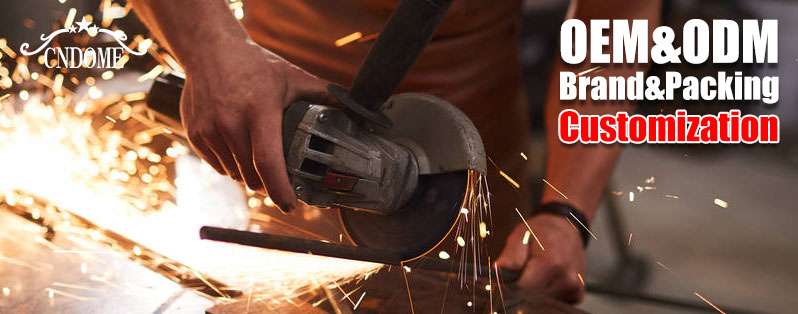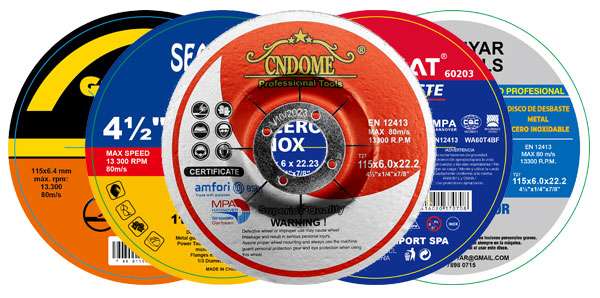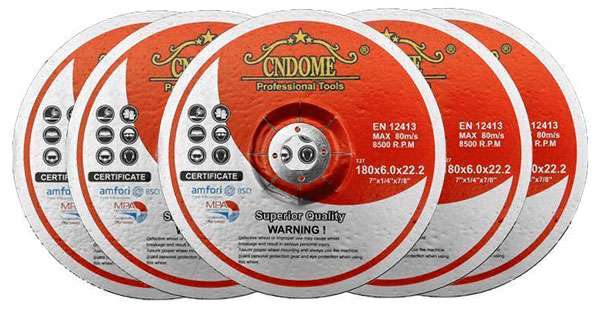In the realm of manufacturing and metalworking, the choice of a grinding wheel can make all the difference between mediocrity and excellence in performance. Whether you’re shaping, sharpening, or finishing, selecting the appropriate grinding wheel is crucial for achieving the desired results efficiently and effectively. Let’s delve into the intricacies of grinding wheel selection and explore the factors that influence the decision-making process.
Understanding Grinding Wheels
Before diving into the selection process, it’s essential to have a basic understanding of grinding wheels and their composition. Grinding wheels are precise tools composed of abrasive grains bonded together by various materials. These abrasive grains, such as aluminum oxide, silicon carbide, or diamond, determine the cutting properties and performance of the wheel. The bond material, typically a resin, vitrified clay, or metal, holds the abrasive grains in place and affects the wheel’s strength and durability.
Factors Influencing Selection
Several factors come into play when selecting the right grinding wheel for a specific application. Let’s explore some of the key considerations:
- Material to be Ground: Different materials require different abrasive grains and bond materials. For example, grinding steel may necessitate an aluminum oxide wheel, while grinding carbide tools may require a diamond or silicon carbide wheel.
- Wheel Shape and Size: The shape and size of the workpiece and the desired finish dictate the choice of wheel shape and dimensions. Whether it’s a cylindrical, surface, or tool grinding application, selecting the appropriate wheel shape and size is crucial for achieving optimal results.
- Grain Size and Grit: The size of the abrasive grains, commonly referred to as grit size, determines the surface finish and material removal rate. Coarser grit sizes are suitable for rough grinding, while finer grit sizes are ideal for finishing and precision grinding.
- Wheel Hardness: The hardness of the grinding wheel affects its cutting ability and wear resistance. Softer wheels are more forgiving and suitable for materials that tend to generate excessive heat, while harder wheels are preferred for high-speed grinding and materials that require aggressive cutting action.
- Wheel Grade: The grade of a grinding wheel refers to its strength and hardness. Higher grade wheels are more resistant to wear and are suitable for heavy-duty grinding operations, while lower grade wheels offer better surface finish but may wear out more quickly.
- Coolant Requirements: Some grinding applications require the use of coolant to prevent overheating and improve surface finish. The choice of coolant, whether oil-based, water-based, or dry grinding, influences the selection of the grinding wheel to ensure compatibility and optimal performance.
Consulting Experts and Suppliers
While understanding the fundamentals of grinding wheel selection is essential, consulting with experts and reputable suppliers can provide invaluable insights and recommendations tailored to specific applications. Suppliers often offer technical support and expertise to assist customers in choosing the right grinding wheel for their needs, taking into account factors such as material, machine specifications, and desired outcomes.
Conclusion
Selecting the right grinding wheel is a critical decision that directly impacts the efficiency, quality, and safety of grinding operations. By considering factors such as material, wheel specifications, and application requirements, manufacturers can make informed choices to achieve optimal results. Whether it’s achieving precision surface finishes, sharpening cutting tools, or shaping metal components, choosing the appropriate grinding wheel sets the foundation for success in various manufacturing processes.



